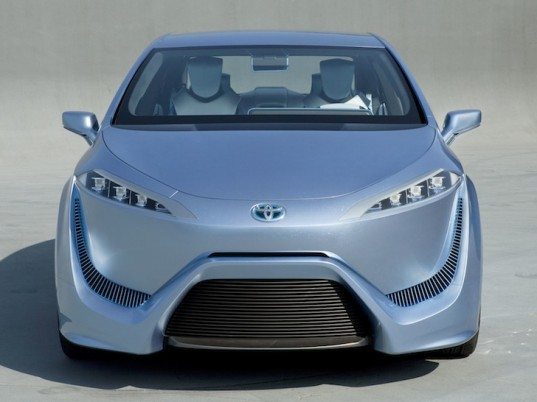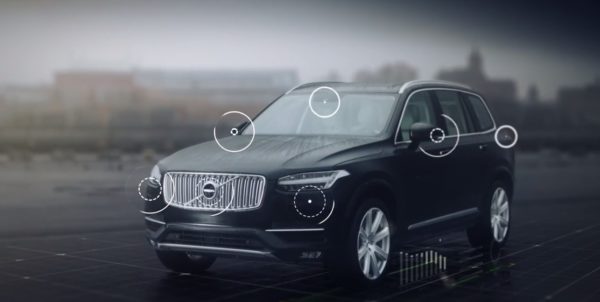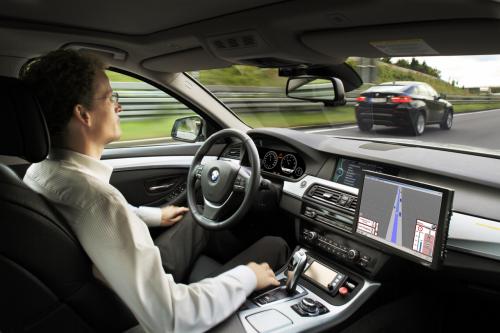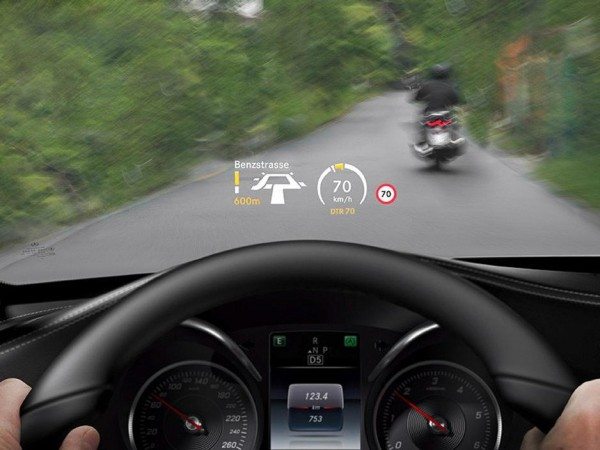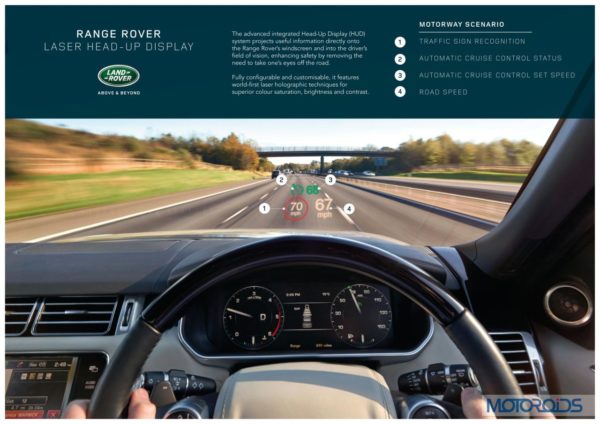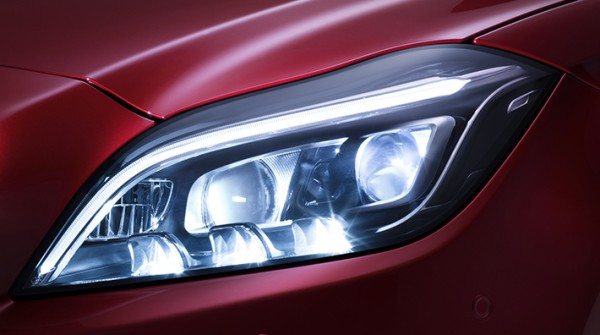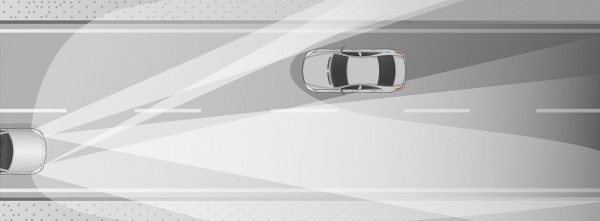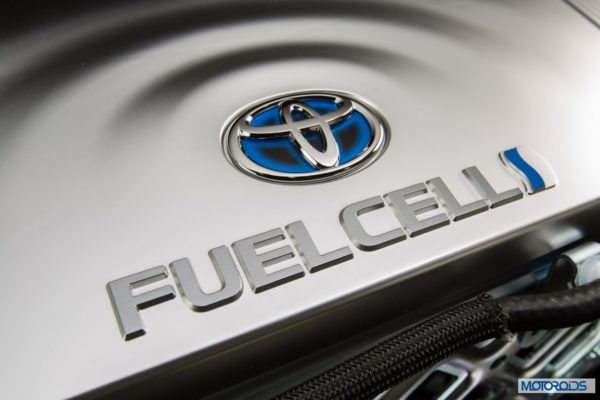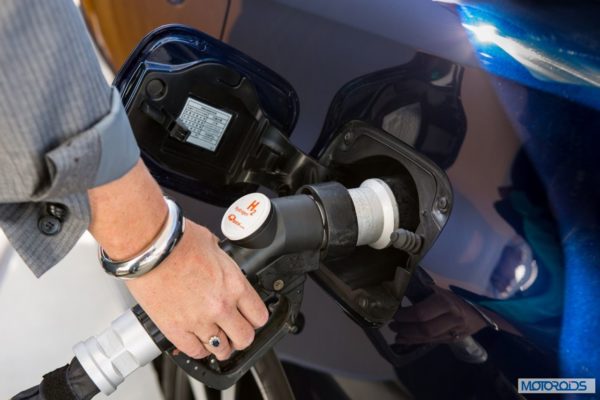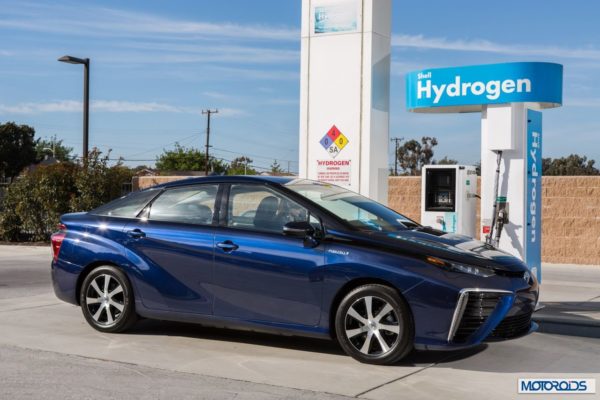Adaptive cruise control, Active aerodynamics, Carbon-ceramic disc brakes, Self-park, Adaptive/Intelligent headlights etc., were thought to be technologies only possible in high-budget Hollywood sci-fi movies. However, now in 2015, these intelligent solutions have found their way into several cars of today. However, technology and the automotive world never rest. This means that even more amazing and clever engineering are on their way to you, some reaching in 5 years time. The following are our top pick for the most likely of the vast plethora of possibilities.
Volvo will have cars with some form of self-driving by 2017.
1. Autonomous/Self-driving cars:
These are the ultimate wet dream for those who are lazier than a sloth and/or like to be chauffeured. In fact, many carmakers have noticed this trend and are hurriedly sketching their own versions of an autonomous car. Volvo for one, is even proclaiming to have a self-driving car ready in a couple of years. The Swedish carmaker has termed this as their ‘Drive Me’ project and this will use multiple lasers, radars, cameras etc. on 100 or so of their test cars. The cars will only be ‘driven’ around in selected places within the city of Gothenburg, but that’s enough to showcase what the future of car driving might be like. The below image might be an inevitable representation of the same.
How long before he nods off to sleep, sitting there doing nothing? Gets monotonous, you know.
Of course, there will still be loads of cars being driven by human, rather than computers and sensors, but the trend to go driverless, isn’t very far away. Cars such as the Mercedes-Benz S-Class and several others, already use clever computer wizardry to keep the driver from crashing into things. Automatic braking and lane-departure prevention, will just be the tip of future self-driving cars’ arsenal. We reckon some of these self-driving cars to be plying on roads before the end this decade. Of course, such cars still have quite a bit of time before they hit our Indian roads, as our manic driving conditions would probably fry the delicate computer brains of these cars.
2015 Mercedes-Benz C-Class with Head-up display (HUD).
2. Head-up display of the future:
The Head-up display or HUD, became popular among those who have seen the cockpits of fighter jets. On these birds, the HUD shows up relevant flight information such as airspeed, altitude, target acquisition data, g-forces etc. Though quite high-tech, they don’t show information such traffic signs and upcoming speed limitations, of course, why would they anyway. However, many modern day cars have HUDs that display vehicle speed, navigation data, traffic information, route maximum speed restrictions etc. The primary aim of these systems, apart from looking cool and futuristic, is to actually alleviate the driver from looking down on the car’s instrument cluster for vital information. As most HUDs portray most important of the information directly in front of the driver’s line of sight, he/she doesn’t have to peel their eyes from the road.
Future HUD technology will be far smarter than the ones found in your current day car. In a decade or so, we will see cars which will use the biggest screen available in a car – the windscreen. The head-up display of the future will mostly use augmented reality to portray information to the driver. Just like in sci-fi movies, one could actually control the contents on this augmented display by means of hand gestures. Some carmakers have already begun their research into augmented reality-based HUD systems for the future. Fancy holographic projections for pedestrians, navigation information, buildings and other such things could end up being displayed on these future head-up displays.
Headlights becoming smarter than most drivers, thanks to technology.
3. Intelligent headlight systems:
From high-intensity discharge to Bi-xenon, headlights come in many shapes and size. However, most of them are pretty mundane and don’t actually involve them having a ‘brain’. That said, some carmakers are pushing the boat out to make headlights smarter and safer for everyone on the road. Mercedes-Benz introduced their multibeam LED headlight system on the new CLS-Class. Apart from looking absolutely spectacular, these lights promise to eliminate the ubiquitous issues associated with driving once the sun goes down.
Headlights aren’t so boring, after all.
As shown in the above picture, the system uses a set of forward-looking cameras (in this case) to constantly track and monitor oncoming traffic. After detection and analysis, which happen faster than most people can say “Hi”, the system intelligently controls the beam of light in a manner which wouldn’t blind the people in oncoming vehicles. This is great news for many in India, who keep their car’s headlights on full-beam all the time. Not only would they not have to change their irritating habit but also other motorists wouldn’t have to lose their vision, great! Though this technology hasn’t made it to most cars, it will only be a matter of years before most carmakers adopt this tech.
Hydrogen – This could well be the fuel of the future.
4. Hydrogen fuel cell:
Drive as much as you want in your petrol or diesel cars, because the future might very well exclude these fuel sources from the party. Hydrogen fuel sounds new to most, but has been around for a while, at least in theory. Since Hydrogen is the most abundant element in the whole universe, it isn’t exactly hard to come by as normal fossil fuels. Advantages of using hydrogen over its fossil fuel counterparts are quite extraordinary and the outcome of using this gas for fuel benefits everyone. Especially trees and the ozone layer, they will send you love letters for your contribution to the environment. Let us tell you why.
Filling up your car with hydrogen isn’t very different from the current practices.
Hydrogen is stored in a special tank called a fuel cell. It’s almost like a battery that needs to be refilled with hydrogen, instead of those nagging EVs and their power cables. Hydrogen has just one electron and one proton in it. The power comes from the extraction of the single electron from each hydrogen molecule and in the process of separating the electron from the proton, the hydrogen gets ionised. This undoing of the electrons and protons is what produces the electricity to power the vehicle and that too, without a hint of pollution. For those who remember high-school chemistry, this will be obvious. The by-product of hydrogen combining with oxygen is H2O i. e. water and that’s how these vehicles maintain their “eco-friendly” status.
The Mirai is the Toyota’s answer to hydrogen fuel-cell cars. Not too shabby, is it?
The Toyota Mirai has a maximum range of 480 km on a single tank of this magic fuel and also makes a respectable 150 horsepower, for a car that only ejects water vapour. And don’t think a fill-up will take any more time than your average stop for petrol/diesel, because it takes less than 5 minutes to fill the Mirai up with hydrogen. This really is the fuel of the future and as time goes by, you will see more and more carmakers jumping into this bandwagon of clean and sustainable fuel. Of course, the biggest hurdle for this tech has always been the fuel stations that are specially required for generating and storing hydrogen in a safe and feasible manner. Well, we are sure that will be taken care of and there will be more and more of these hydrogen fuel stations coming up in the future.
Cars in the future might provide better anti-theft security than at present.
5. Remote disable function:
Cars get nicked all the time and there’s nothing more upsetting and frustrating than that. Cars of today have several security systems to keep such grand-theft auto from happening, these include engine immobilisers, remote central locking, car alarms etc. However, these don’t always work as well as we hope them too and the end result can be the worst. That said, car thieves of the future will have their work cut out for them and that’s thanks to some rapid advances in car security systems and you may find these in your car before 2030.
Remote disabling means that no one would drive away with your car, except you.
Obviously, when we say “no one”, what we mean is no stupid car thief will be able to speed off in your car. Your car’s vital onboard systems would be connected to a cloud service, either a third-party service or one provided by your car’s manufacturer. This means that you could track every move of your car and if the worst case scenario were to play out, you can simply shut off your car and disable all of its functions remotely. You could have such a software downloaded into your smartphone and/or have it on your laptop computer. Either way, grand-theft auto would be made nearly impossible and you can go to sleep without a worry in the world.
There are many, many more technologies that could end up in your future car, but these were just five of them that we picked. Let us know which of these you would like to have in your car the most. Write down your opinions in the comments section, below.

